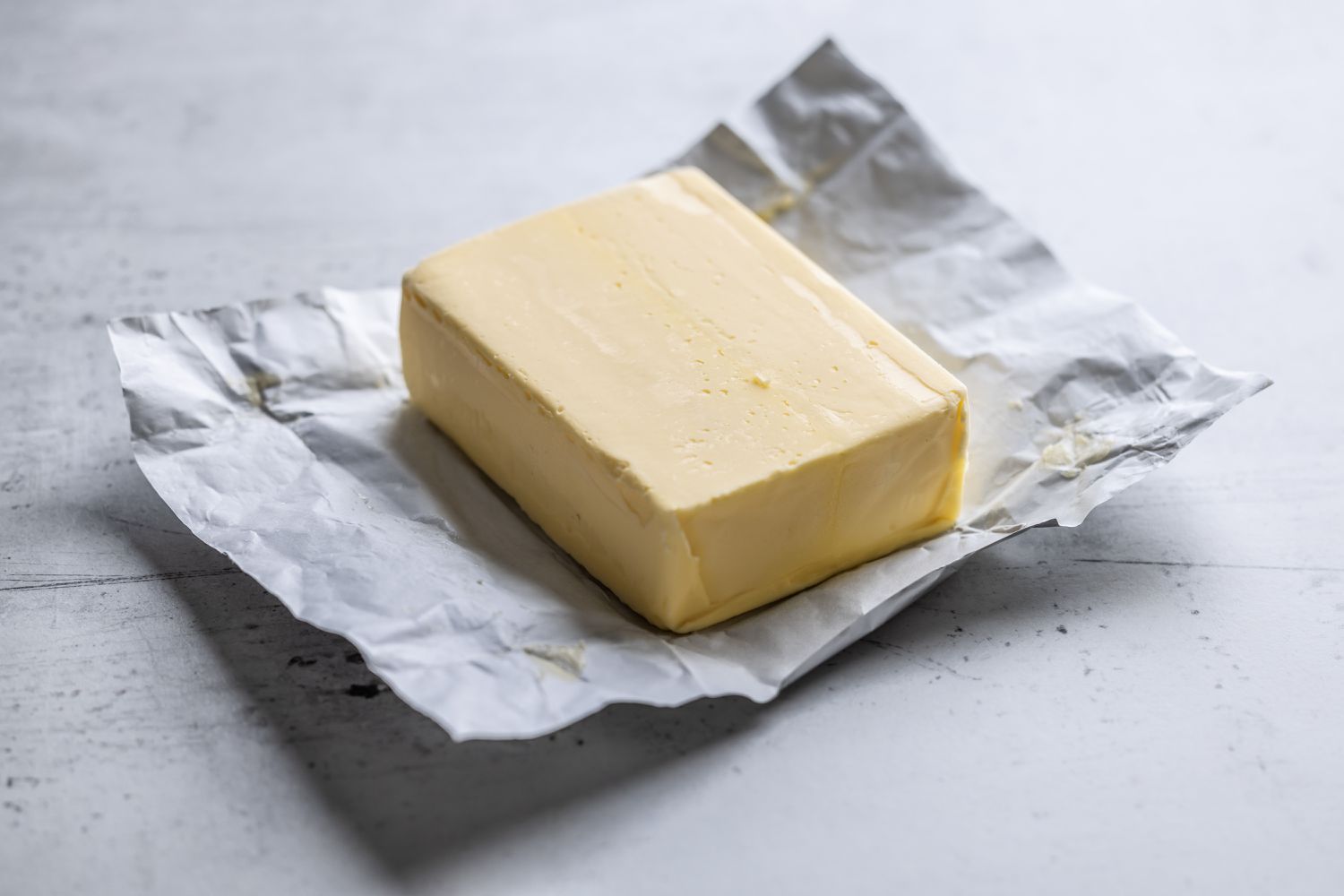
Spring Cleaning Isn’t Just for Your Home—8 Tools You’re Forgetting to Clean
If your tools are not regularly cleaned and stored in a safe space, it can cause premature wear and tear on both hand tools and power tools, which is why it’s necessary to keep up with ongoing tool maintenance.
These are the most common tools you’ve been forgetting to clean. and how to maintain them for better performance.
Meet the Expert
Robert Wagoner worked in the traditional homebuilding sector for almost 20 years before founding Custom Container Living, where he oversees the construction of high-quality custom shipping container homes.
Level
Levels are regularly used for a wide range of building projects, but due to their simple job, levels are often forgotten when it comes to tool cleaning and maintenance. Levels can pick up dust, dirt, oil, adhesives, and a wide assortment of other debris.
“Tools that require attention for cleaning are usually levels, as the dirt and debris is most likely to affect their helping capabilities,” says Robert Wagoner, experienced homebuilder and president of Custom Container Living.
Given the importance of having an accurate level, it’s essential to clean levels before and after every use for the best results.
Saws
Saws have the ability to quickly cut through a variety of materials, but the blades can be dulled by stuck-on saw dust, dirt, and grime.
“A good example is saws where debris left within the blade often makes cutting precision impossible,” Wagoner says.
By cleaning the saws regularly and changing the saw blades as required, you can drastically improve the cutting power and accuracy of both hand saws and powered saws.
Want more home reno project tips and inspiration? Sign up for our free daily newsletter for the latest how-tos, reno guides, and more!
Screwdrivers
Given the variety of uses for a screwdriver, it should come as no surprise that these tools can get coated with dust, dirt, oil, adhesive, paint, stain, and more.
In most cases, a little bit of dirt on a screwdriver won’t have a drastic impact on your projects, but this dirt and debris can still affect the accuracy and control of the tool, so it’s recommended to clean these tools regularly for optimal use.
“Hand tools such as screwdrivers need cleaning on a monthly basis,” Wagoner says.
Drills and Drivers
Whether you are drilling holes through wood, metal, or even concrete, you should ensure the drill is in the best possible condition. If you are using the driver setting on a drill, you want to make sure that both the drill and the bits are kept clean to avoid issues.
“Power tools like drills need to be checked weekly to avoid build-ups that can greatly inhibit functionality,” Wagoner says.
You should set aside a specific time to clean all of your tools, but you can also clean the drill and drill bits before and after every use.
Pliers and Wrenches
Pliers and wrenches are go-to tools for many professionals and DIYers.
“Most people seem to forget to clean pliers and their handles, often resulting in the development of grime and rust which may eventually corrode or damage the tool over time,” Wagoner says.
To prevent your pliers and wrenches from prematurely wearing out or breaking, make tool cleaning and maintenance a priority. After cleaning the tools, make sure to dry them with an old cloth or towel before putting them away in a safe location until their next use.
Utility Knives
Since utility knives come with replaceable blades, many DIYers and pros neglect these tools with the expectation that they can simply switch out the blade if a problem arises. However, if you allow grime, oil, and other debris to build up inside the knife, then it can make it more difficult to change and secure blades.
Ongoing neglect can even lead to the blades slipping while in use. Cleaning the outside of the utility knife makes it easier to grip and control the tool, so you should clean these tools before and after every use.
“DIYers can keep track using an app or digital calendar,” Wagoner says. “Setting reminders makes it easy for them to stay on top of maintenance.”
Hammers
Despite the simplicity, hammers are useful for a range of projects, including carpentry, metalworking, construction, demolition, and repair, for tasks like driving nails, shaping metal, and breaking materials.
The handle of a hammer can become coated with dirt and grime over time, reducing your ability to grip and control the tool. Additionally, dirt and debris can build up on the head and claw of the tool, making it more difficult to use.
“During every use of the tool, wiping it with a damp cloth could stop build up,” Wagoner says.
Sanders
When it comes to both hand and power tools, there are very few that get as dirty as sanders. While many sanders have a built-in collection bag to help keep the airborne dust to a minimum, this addition doesn’t completely eliminate the debris.
Saw dust and metal shavings can coat the exterior of the tool, making the sander more difficult to control, but this debris can also get into the moving parts of the sander, causing premature wear.
Cleaning the sander before and after every use helps to mitigate this risk.
“Spraying the moving parts of the tool with lubricants once a month is good for performance,” Wagoner says.










